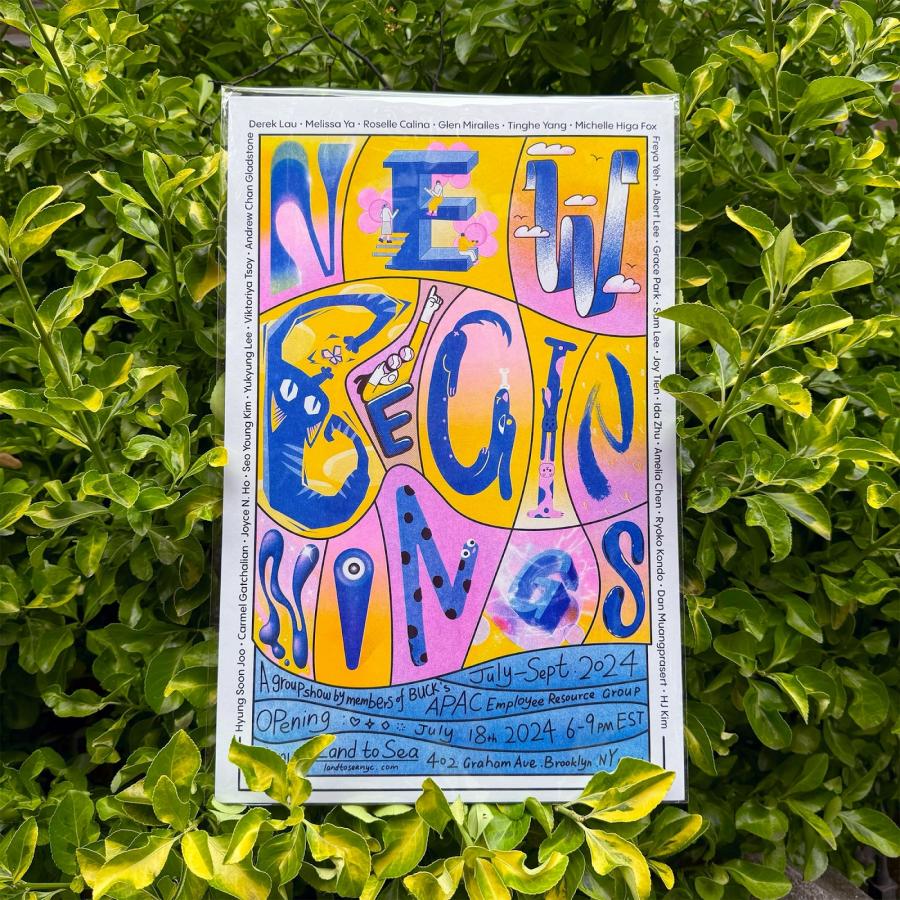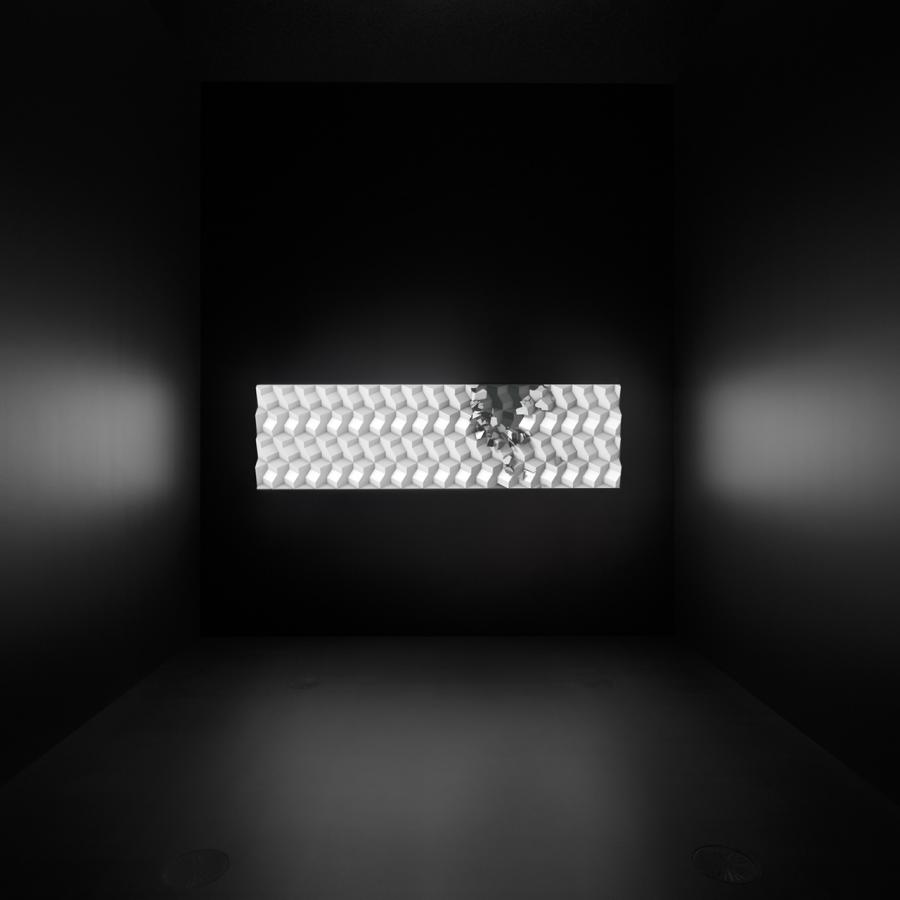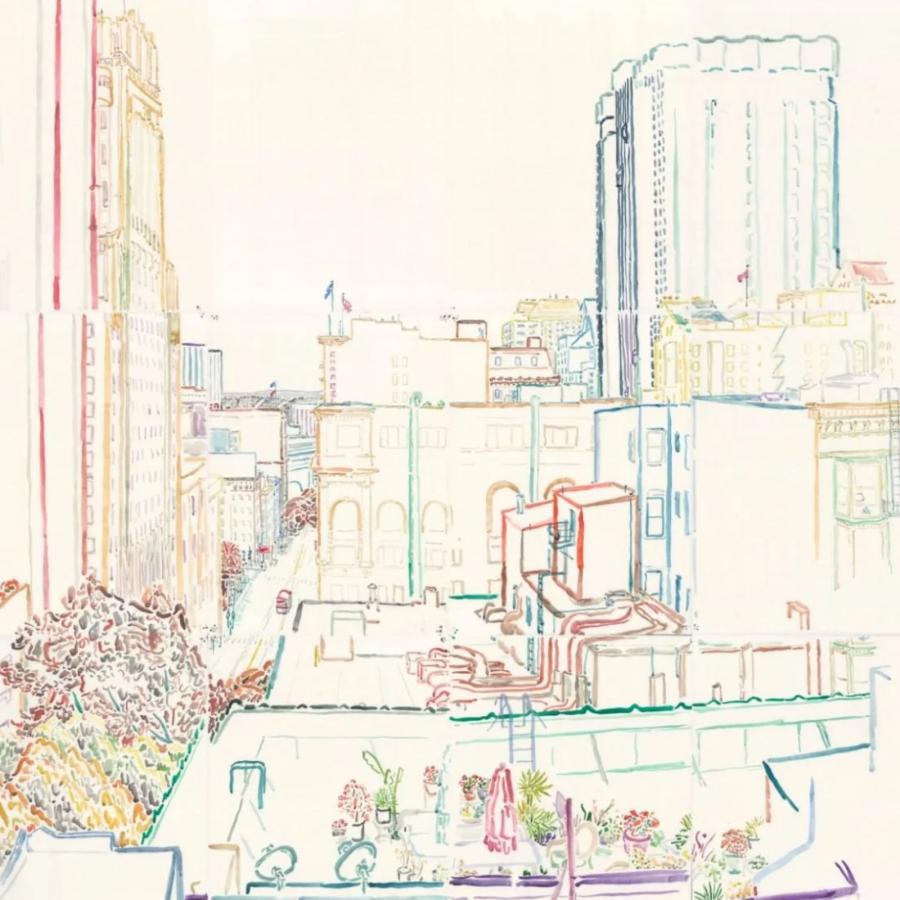by ibby
En+ Group, the world's largest producer of low-carbon aluminum and independent hydropower, and the V&A, the world’s leading museum of art, design, and performance, are partnering to produce an immersive pavilion for the London Design Festival opening tomorrow, September 18th.
Dubbed “Between Forests and Skies” the team at Nebbia Works, a London based design studio founded in 2018 by Architects Brando Posocco and Madhav Kidao has created a pavilion made from aluminum with the world’s lowest carbon footprint produced using En+ Group’s unique inert anode technology. It will draw attention to the fundamental role of low-carbon raw materials in creating a more sustainable world, and the importance of low-carbon aluminum – a key enabler of more sustainable economic development and a ‘green’ recovery worldwide.
Light, durable, and almost infinitely recyclable, aluminum is a critical material for a number of emerging market segments that underpin the evolution to a low-carbon economy: e-mobility, urban mobility, greener building and construction, ‘green’ cables for renewable energy, and more sustainable packaging.
The pavilion is made from the lowest carbon aluminum ever produced, using breakthrough technology and the power of water. This method of production reinforces aluminum as the material with which we will sustainably build our future thanks to its infinite recyclability and capacity to be produced in line with a green economy. - Lord Barker, Executive Chairman of En+ Group
The pavilion will be positioned in The John Madejski Garden at the V&A from 18 September to 17 October to coincide with London Design Festival (18 to 26 September).
The innovative design uses a minimal volume of material to create a seemingly delicate yet robust structure to demonstrate the unique qualities of aluminum. Working with sheet material and through minimal cuts and bends, the designers, Nebbia Works, will transform a 2D object into a complex 3D forest-like space. At the V&A, visitors will be able to enter and interact with pavilion, offering a new perspective to The John Madejski Garden as well as a moment of reflection between the forest of aluminum legs and upwards to the sky through the complex cut and fold form of the structure.

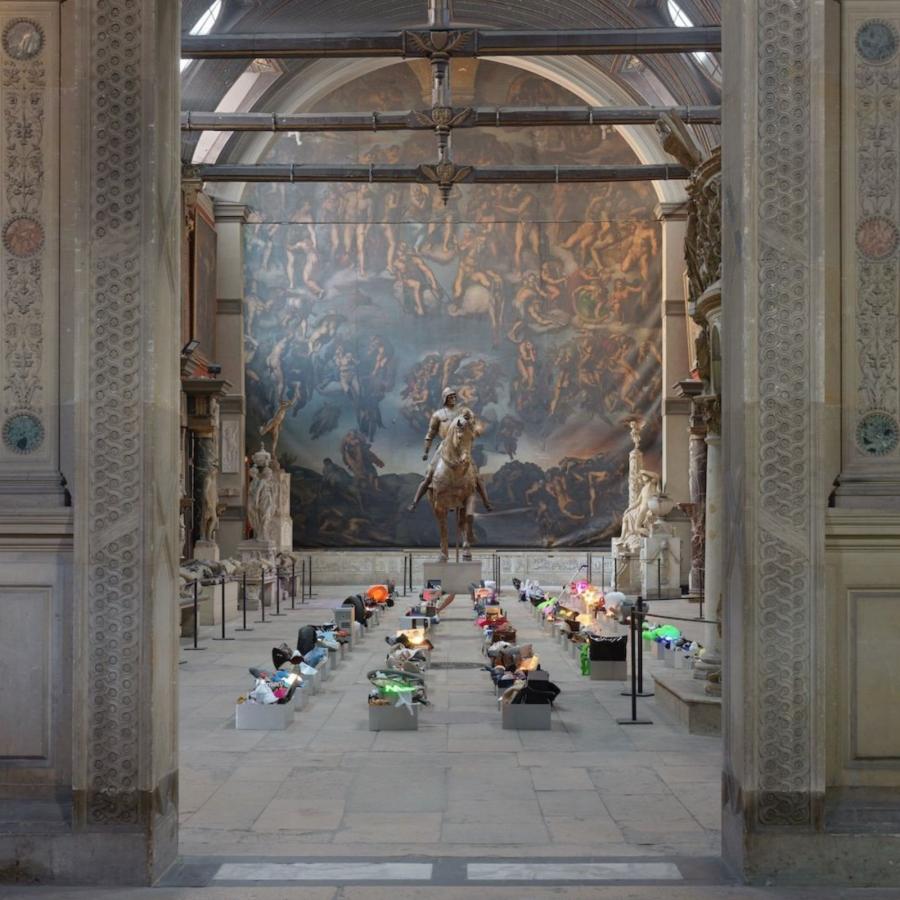

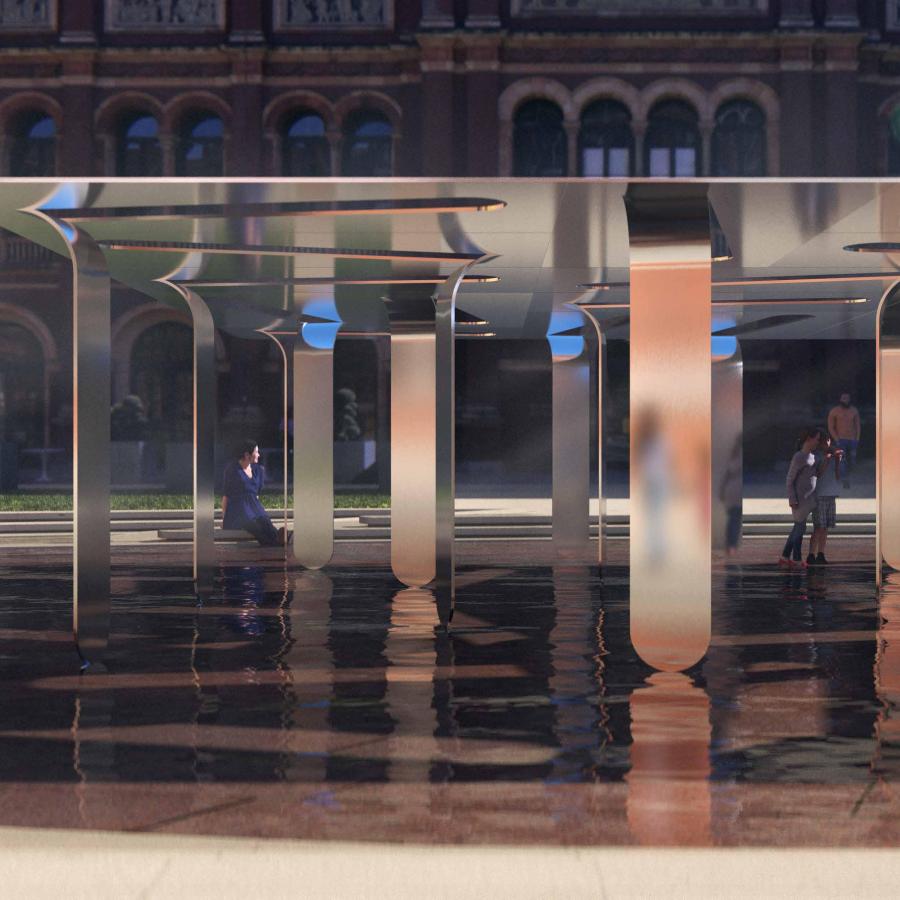
![Exhibit Spotlight: IROPPOI [色っぽい] in Shibuya-ku, Tokyo Exhibit Spotlight: IROPPOI [色っぽい] in Shibuya-ku, Tokyo](/sites/default/files/styles/square_1x1/public/originals/1200x700_blank.jpg?itok=rfx6_Ttk)
